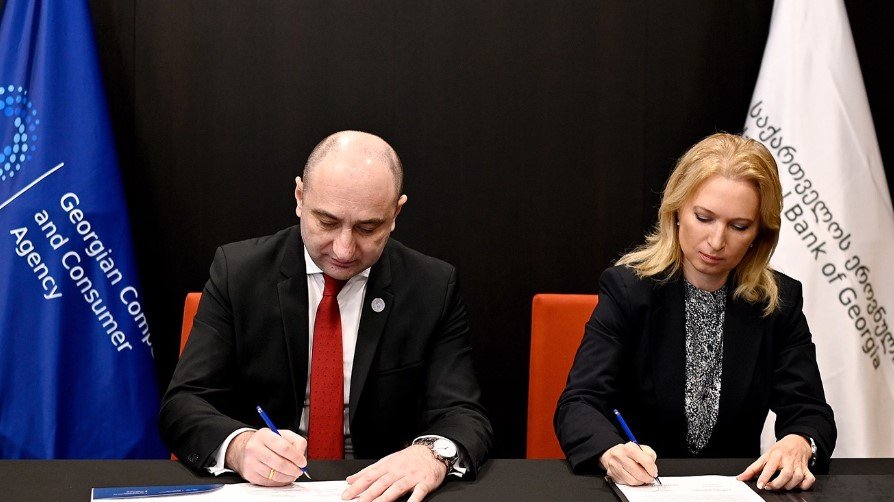In a decisive move, the National Bank of Georgia (NBG) has reduced the Monetary Policy Rate by 0.75 percentage points, bringing it down to 8.25%. This strategic decision comes as the country continues to maintain a low inflation environment, with headline inflation falling well below the targeted figures.
Economic Indicators and Monetary Adjustments
The reduction in the Monetary Policy Rate is a response to a sustained period of low inflation. February saw a modest annual increase in the overall price level by 0.3%, while core inflation stood at 2.4%. The NBG attributes this low inflation to a combination of domestic and external factors, including a decrease in prices for domestically produced goods and weakened price pressures from external shocks, such as the war and the pandemic.

The real effective exchange rate remains strong, which has helped keep inflation on imported goods low. This environment has contributed to declining inflation expectations, significantly reducing inflationary risks in the medium term. The NBG projects that inflation will remain below the 3% target at the beginning of 2024, stabilizing close to the target in the medium term.
Risks and Economic Outlook
Despite the positive indicators, the NBG remains cautious of potential inflationary risks. One such risk is the heightened prices on international transportation due to ongoing tensions in the Red Sea. Although shipment costs surged in December and January, there has been a slight decline in February.
The local economic activity is gradually returning to its potential trend. Preliminary estimates for January indicate an annual economic growth of 5.8%, suggesting a neutralization of demand-driven inflationary pressures. With economic activity expected to normalize around potential GDP growth in 2024, the NBG is cautiously optimistic about the economic outlook.
The NBG’s Monetary Policy Stance
The NBG’s decision to reduce the policy rate is part of its gradual exit from a tight monetary policy stance. However, the bank has made it clear that should inflation expectations rise or external sector risks become more pronounced, maintaining the current tight stance for a longer period or further policy tightening may be necessary. The NBG continues to monitor economic and financial developments closely and is prepared to use all available tools to ensure price stability.
